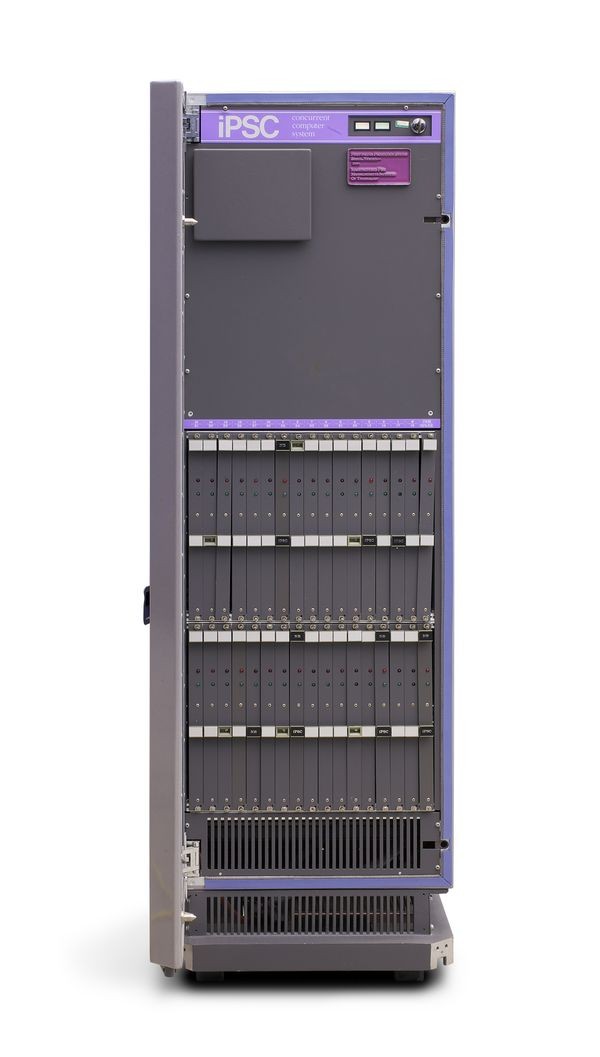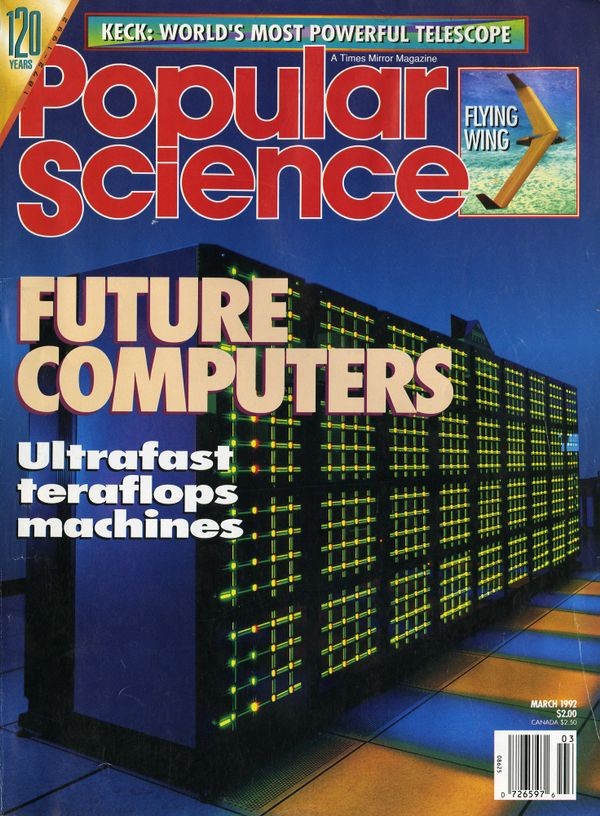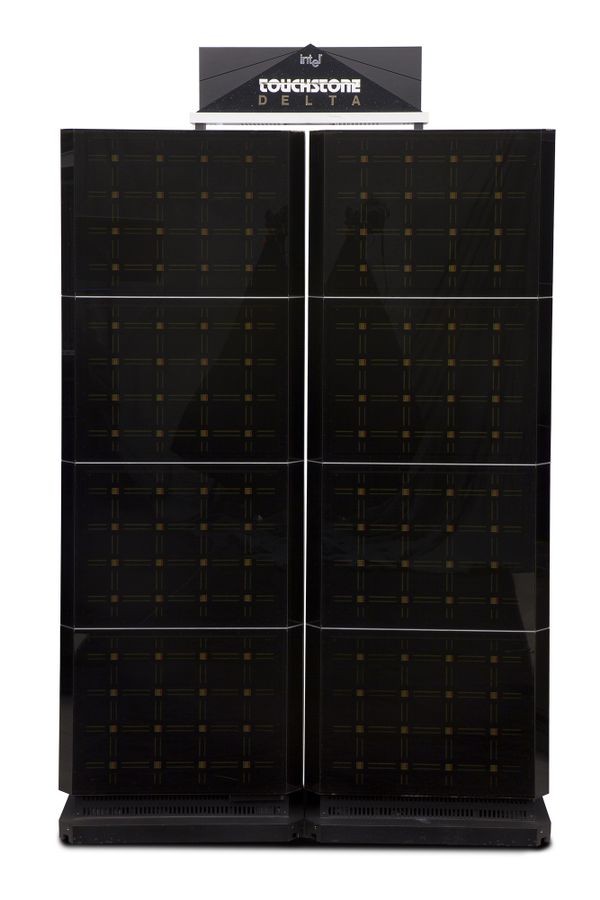The Personal SuperComputer
iPSC-1
Intel computer architect Justin Rattner created the iPSC (Intel Personal Super Computer) using 128 Intel 80286/7 processors interconnected as a hypercube. This novel, influential "multicomputer"—a computer made up of other computers, each with its own memory—used commercial off-the-shelf parts.
The Personal SuperComputer
Distance equals time, whether you are traveling by car…or electrons are traveling by wire. Hypercube architecture minimized data travel by increasing “near neighbor” connections among processors.
Justin Rattner’s hypercube system, the 1985 Intel Personal SuperComputer (iPSC), featured 32 to 128 processors. It sprang from Caltech’s Cosmic cube project in the early 1980s.
Intel's Touchstone Delta
Reaching 32 gigaFLOPS (32 billion Floating Point Operations per second), Intel’s 1993 Touchstone Delta featured 512 processors operating independently, arranged in a two-dimensional communications mesh.
Caltech researchers used this supercomputer prototype for projects such as real-time processing of satellite images, and for simulating molecular models in AIDS research.
Touchstone Delta
This is a section of the only Touchstone Delta ever built, using Intel's commercially unsuccessful 80860 32-bit RISC chips. Funded by the U.S. government, it was intended to give university researchers access to a compact supercomputer. CalTech used it for seven years.
View Artifact Detail



